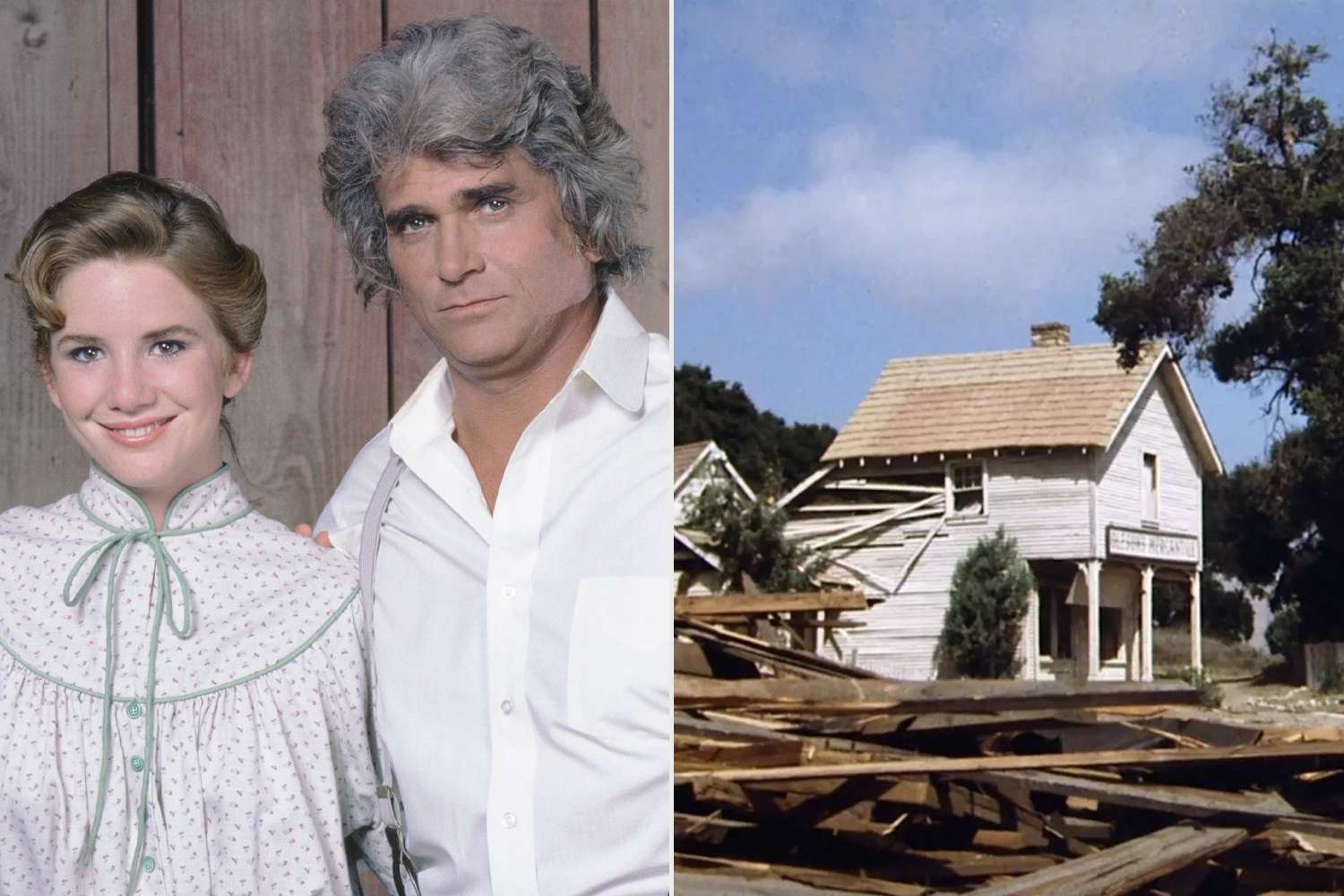Little House on the Prairie‘s ending was not what Melissa Gilbert ever would’ve predicted.
In 1984, after 10 seasons of the 19th-century period western series — a semi-autobiographical look at Laura Ingalls Wilder’s life based on her books — the Ingalls family’s story culminated in Little House: The Last Farewell.
The made-for-TV movie was a “painful” end to the story for Gilbert, now 60, and her castmates, as the set they had spent a decade on was literally destroyed, using TNT, by creator and star Michael Landon.
The move was partially out of a desire to “not have anyone else use our sets,” she told Entertainment Weekly, as it was “sacred to us in a big way,” but it was also a way to send a message to the network.
NBC/Peacock
“I knew that he wanted to demolish everything because he was so angry that NBC never called him to tell him the show was officially canceled,” she claimed of what motivated Landon, who died in 1991 at age 54, to blow up the set.
“We just weren’t on the fall schedule after not just 10 years of Little House, but years of Bonanza,” she said, referring to the Western series Landon starred in from 1959 to 1973 on NBC before Little House. “It was just such a disrespectful thing to do to him.”
She added, “For me personally, that whole experience from reading the script until the last day was the longest funeral I’d ever attended.”
Gilbert also recalled filming the final installment of the Ingalls family’s story as being “so heartbreaking.”
“Every day we had to say goodbye to someone else. And then when they blew it all up and we gathered that final, final day, it was just devastating and horribly, horribly sad.”
NBC/Peacock
Never miss a story — sign up for PEOPLE’s free daily newsletter to stay up-to-date on the best of what PEOPLE has to offer, from celebrity news to compelling human interest stories.
In the film, the explosions were explained as a move by the Walnut Grove residents who would rather leave their homes as rubble than give up their land to a tycoon. Seeing the rubble was “gutting” to Gilbert, who was around 18 at the time.
“To see these buildings — they were not just facades, they were buildings — where we’d gone to school, where we’d communed, where we gathered and spent such an intense 10 years of all of our lives just flattened, I can understand on a very, very tiny scale what it feels like to lose your home to something like that,” she said.
Read the full article here








